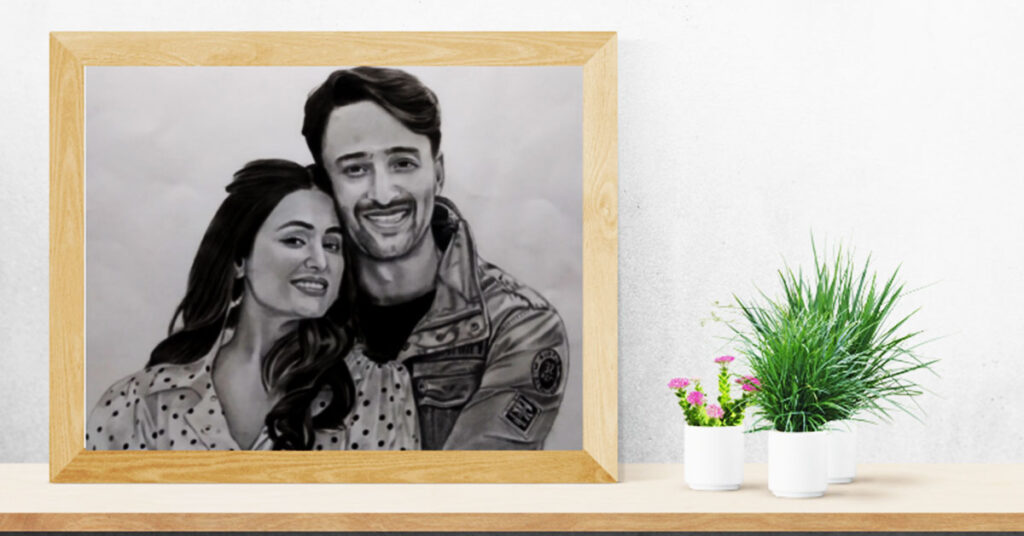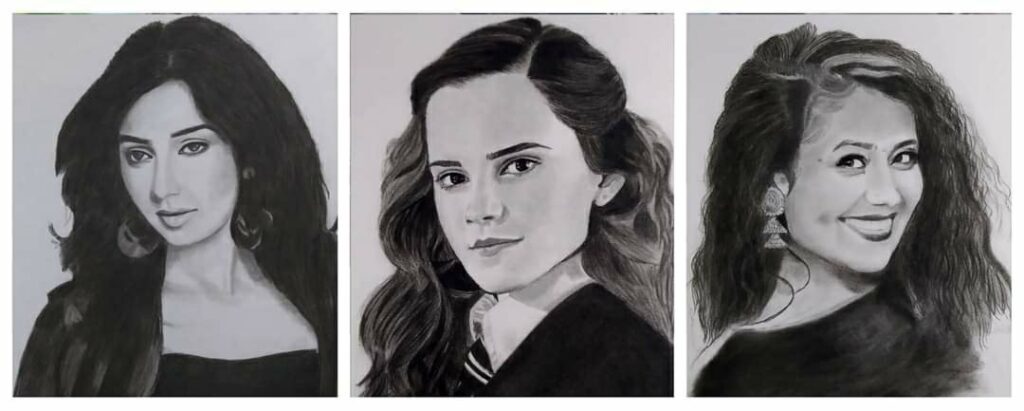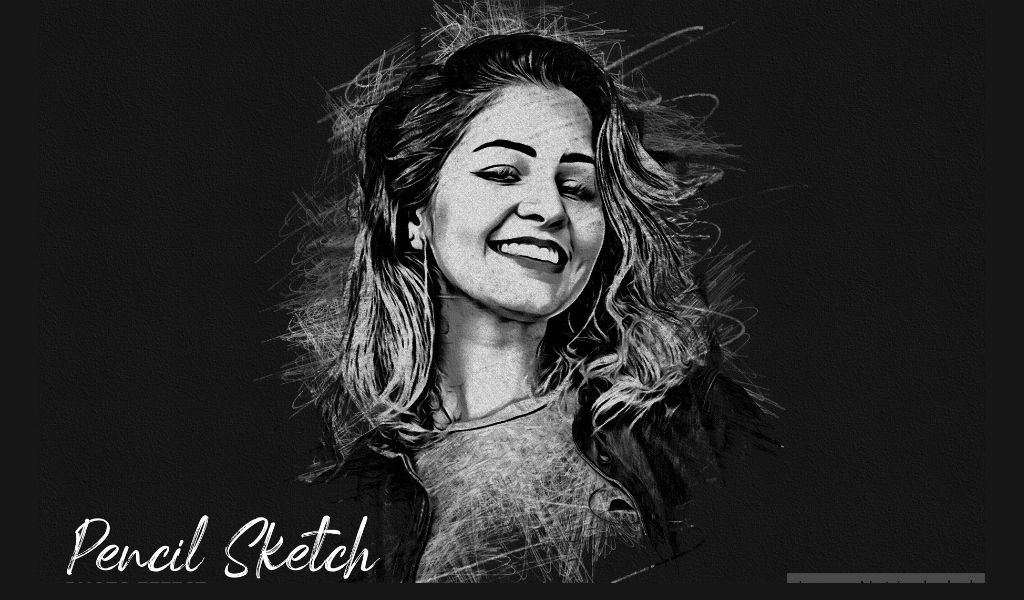Starting out in art can often feel intimidating, but pencil sketching is one of the simplest and most rewarding ways to step into the creative world. Pencil sketching provides a foundation for understanding shapes, proportions, shading, and observation. As a beginner, it’s important to start simple. By choosing easy sketching ideas, you can slowly build confidence while strengthening your artistic eye and hand coordination.
Pencil sketches are the perfect entry point for new artists because they require minimal investment, are forgiving when mistakes occur, and allow for endless practice without overwhelming tools or techniques. In this article, you’ll discover ten easy pencil sketch ideas for beginners that not only strengthen your drawing basics but also keep your learning enjoyable. Along with the sketching ideas, you’ll also find tips, techniques, and guidance to help you progress steadily.
Why Choose Pencil Sketching as a Beginner
One of the greatest advantages of pencil sketching is its simplicity and accessibility. Unlike painting, which demands multiple materials such as brushes, paints, and canvases, sketching requires just a pencil and paper. This makes it affordable and highly portable.
Another major benefit is the minimal tools needed compared to painting. A set of drawing pencils, an eraser, and a sketchbook are more than enough to get started. Mistakes are easy to correct since you can erase and rework your drawing. This freedom allows beginners to practice without fear of “ruining” their artwork.
Essential Tools You’ll Need Before You Begin
To start sketching, it’s helpful to have the right tools:
- Types of pencils (HB, 2B, 4B, 6B): Hard pencils (H) create lighter, sharper lines, while soft pencils (B) are darker and smoother, ideal for shading.
- Erasers (kneaded, regular, precision): A kneaded eraser helps with light corrections and highlights, while a regular eraser is great for removing larger mistakes. Precision erasers help clean tiny areas.
- Drawing paper and sketchbooks: Choose a medium-weight paper that can handle shading and erasing without tearing.
- Sharpener and blending stumps: A sharpener keeps your pencils ready, while blending stumps help in creating smooth gradients for shading.
Basic Techniques to Learn First
Before diving into sketch ideas, mastering a few basic techniques is essential:
- Shading and blending: Learn how to vary pressure for darker or lighter areas and use blending stumps or tissues for smoother tones.
- Hatching and cross-hatching: These line-based techniques build texture and depth.
- Light vs. dark strokes: Control your hand pressure to create contrast.
- Outlines vs. details: Begin with light outlines and gradually add finer details.
10 Easy Pencil Sketch Ideas for Beginners
Idea #1: Simple Geometric Shapes
Start with circles, squares, and triangles. These shapes are the building blocks of more complex drawings. Practicing them improves your hand control, sense of proportion, and symmetry.
Idea #2: Everyday Objects
Sketch objects around you like cups, bottles, or glasses. They help you understand perspective and reflection. By observing shadows on glass or curves of a mug, you’ll learn how light interacts with surfaces.
Idea #3: Basic Flowers
Flowers such as roses, tulips, or daisies are perfect for beginners. Their repetitive petal patterns allow practice with curves and organic shapes. Focus on simple outlines first, then add shading for depth.
Idea #4: Fruits and Vegetables
Common items like apples, bananas, or carrots help you practice curves, textures, and shading. For example, sketching an apple teaches you about roundness, highlights, and shadows.
Idea #5: Simple Landscapes
Landscapes with hills, trees, and a horizon line build your understanding of depth. Begin with a sun rising above mountains or a tree near a hill. This introduces the basics of background and foreground composition.
Idea #6: Human Eyes
The eye is one of the most expressive features of the human face. Start with almond-shaped outlines, add the iris, pupil, and simple eyelashes. Practicing eyes sharpens your skill in symmetry and shading.
Idea #7: Animal Silhouettes
Sketching cats, dogs, or birds in silhouette form is easier than detailed animal portraits. You’ll practice basic body proportions while keeping details minimal.
Idea #8: Hands and Feet (Basic Sketch)
Hands and feet may feel intimidating, but simple outlines are enough to start. Avoid focusing on intricate details; instead, capture the general shape and position.
Idea #9: Everyday Furniture
Objects like chairs, tables, and lamps help you practice straight lines, angles, and symmetry. Furniture sketching also strengthens your observation of proportion and structure.
Idea #10: Cartoon Characters
Drawing cartoon faces, smileys, or simple animated figures is both fun and beginner-friendly. Practice round faces, exaggerated expressions, and stick-like bodies. This develops creativity without the pressure of realism.
Tips to Improve Your Pencil Sketches
Practicing Regularly for Progress
Consistency is key. Dedicate at least 15 minutes daily to sketching. Keep a sketch diary where you track your progress over time.
Using References for Accuracy
References help improve accuracy and realism. Use photos, online resources, or real-life observation to understand proportions, light, and shadow better.
Experimenting with Different Shading Styles
Try various methods:
- Stippling: Using tiny dots for shading.
- Contour shading: Following the object’s curves with strokes.
- Scribbling: Random overlapping lines that create texture.
Mixing techniques adds uniqueness to your sketches.
Mistakes Beginners Should Avoid
- Pressing too hard: This makes lines difficult to erase and damages paper.
- Over-erasing: Can smudge or tear the paper.
- Ignoring proportions: Makes drawings look unrealistic.
Building Confidence as a Beginner
How to Develop Your Unique Sketching Style
Pay attention to what excites you most—flowers, cartoons, or portraits. By mixing realistic and creative elements, you can develop a style that reflects your personality.
Joining Online Sketching Communities
Sharing your sketches on social platforms or art forums offers feedback and motivation. Seeing others’ work also inspires new ideas.
Next Steps After Mastering Basics
Once you’re comfortable, explore portraits, detailed landscapes, or advanced art styles. Experiment with colored pencils or charcoal to expand your skillset.
Frequently Asked Questions (FAQs)
Do I need expensive tools to start pencil sketching?
No. A basic HB pencil, eraser, and paper are enough to begin.
How long will it take to become good at sketching?
With daily practice, noticeable progress can be seen in a few months.
What should I sketch daily to improve faster?
Start with simple objects, then gradually move to more complex subjects like eyes, hands, or landscapes.
How can I make my sketches look more realistic?
Focus on proportions, light, and shadow. Using references helps a lot.
Is tracing okay for beginners, or should I avoid it?
Tracing can be useful for learning proportions, but don’t rely on it too much—practice freehand drawing as well.
What is the best paper for pencil sketching?
Medium-weight sketch paper (around 100–120 gsm) works best.
Can I learn sketching without going to art school?
Absolutely. Many great artists are self-taught. Practice, observation, and resources like books or tutorials are enough.



